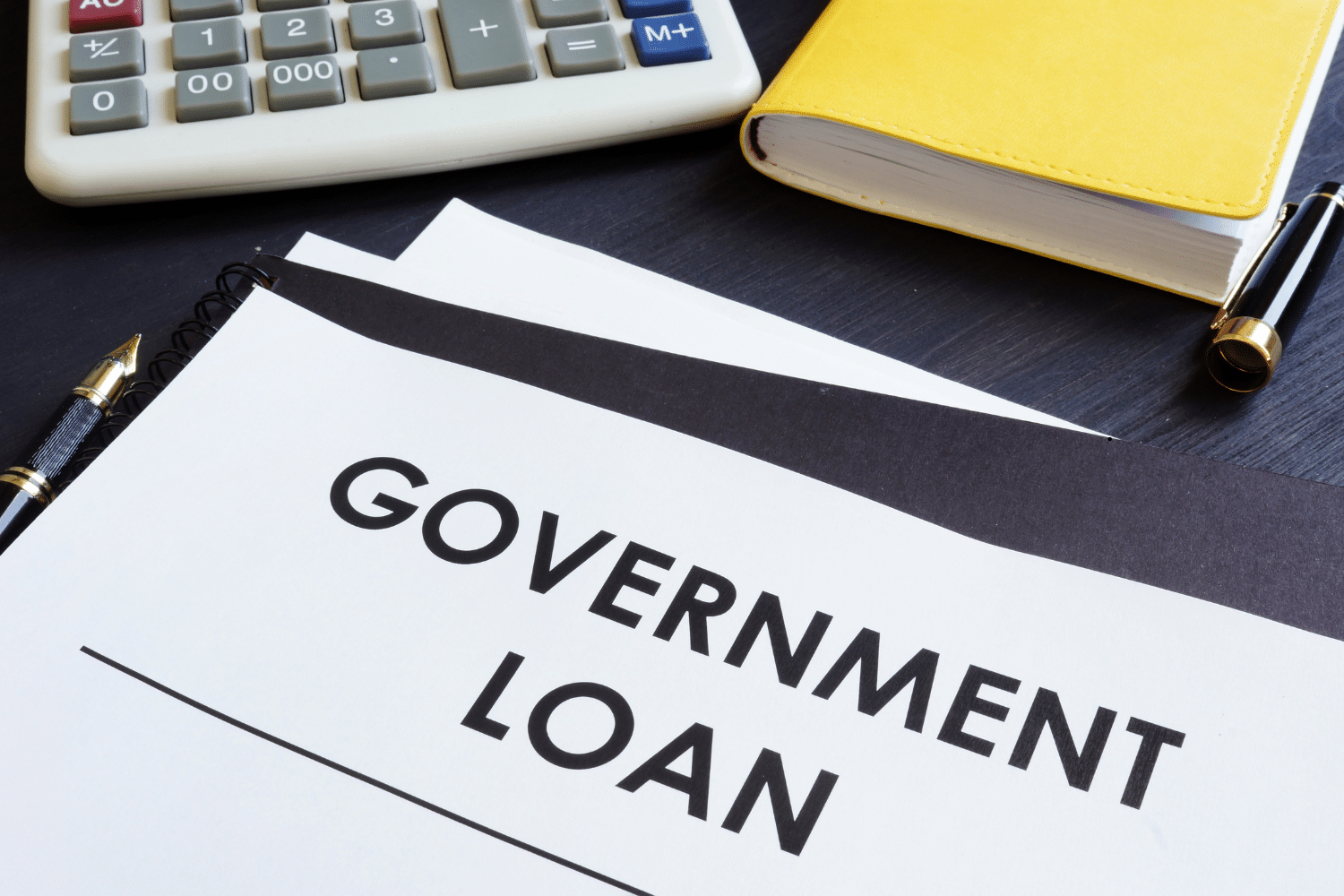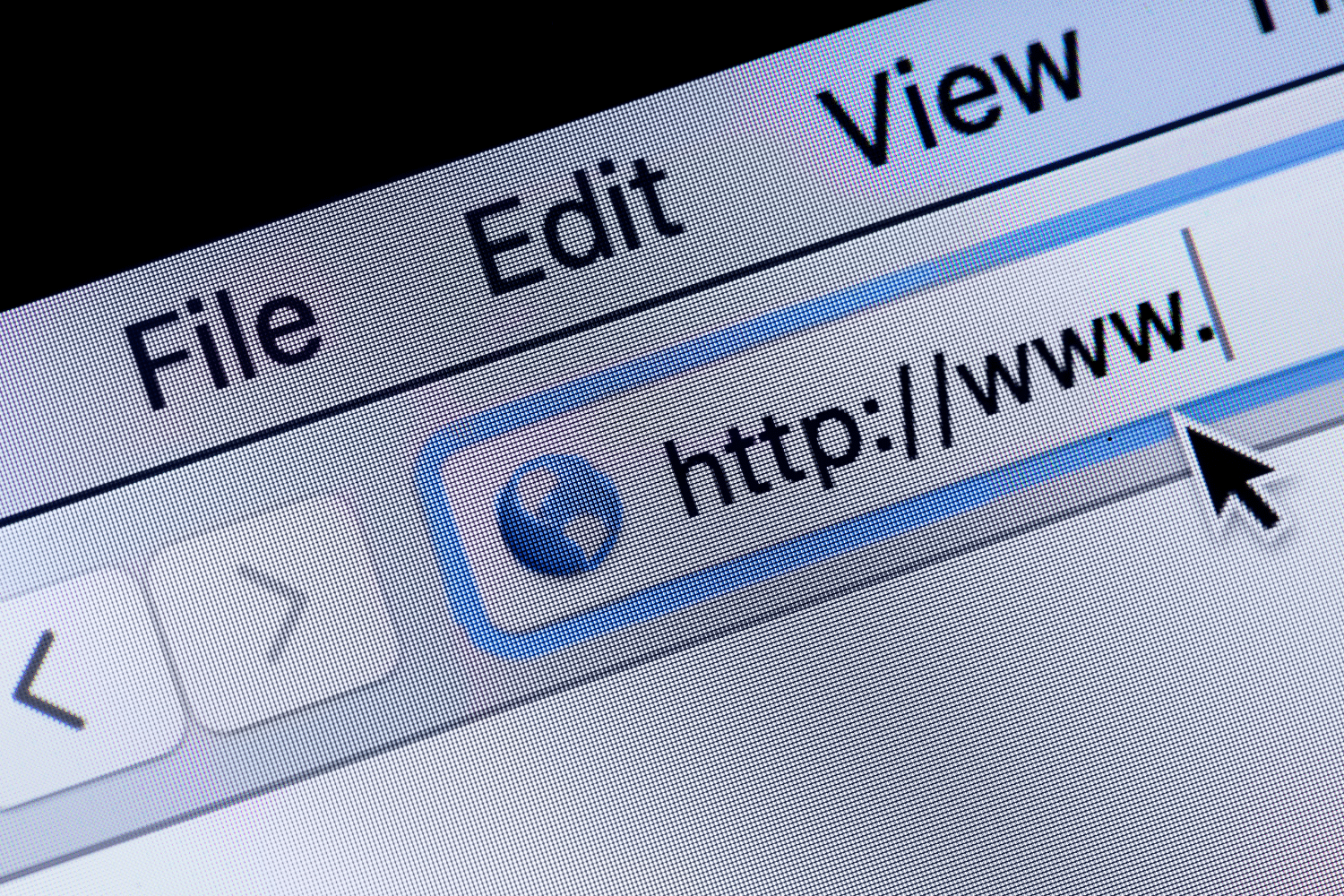In search of free cash from your home? Dispel the mystery of your home’s hidden equity with succinct, no-nonsense strategies. This article isn’t about get-rich-quick schemes but realistic pathways, including home equity loans, HELOCs, and cash-out refinancing for turning your equity into usable funds. Stay tuned to learn the practical steps for leveraging your home’s value, while grasping the advantages and precautions—no sales pitch, just straight facts.
Key Takeaways
- Homeowners can tap into their home equity without selling by using options like home equity loans, HELOCs, or cash-out refinancing, each having its unique benefits and drawbacks.
- Borrowing against home equity comes with costs such as closing fees and preparation fees, and factors like interest rates and repayment terms can significantly impact the overall loan affordability.
- While home equity can provide financial leverage and aid with large expenditures or debt consolidation, it also carries risks such as foreclosure and the potential to owe more than the home’s value if property prices drop.
Unlocking Your Home’s Value: An Overview

Consider your home as a financial asset. Home equity represents the difference between the property’s current market value and any outstanding mortgage or loan balances, reflecting the investment you’ve made in your property. As you continue to make mortgage payments and reduce the loan balance, your home’s equity increases. Over time, this equity can become a significant sum, a veritable treasure chest of value!
Now, owning a treasure chest is great, but what if you need to access that wealth? Well, homeowners have options such as a home equity loan, a home equity line of credit (HELOC), or a cash-out refinance for accessing the cash tied up in their home equity. It’s time to further explore these options.
Tapping Into Equity Without Selling: Key Options

To tap into your home’s equity without selling, you can choose from three main options: home equity loans, home equity lines of credit (HELOCs), and cash-out refinancing. Each of these financial tools has its unique features and benefits, and understanding them can empower you to make the best choice for your financial needs.
Home Equity Loans Explained
A home equity loan, also known as a second mortgage, is like taking a shortcut to your saved wealth. It allows homeowners to access a lump sum of cash by borrowing against the equity of their home. But unlike the winding path of a traditional mortgage, this shortcut comes with a fixed interest rate, which means that borrowers can benefit from predictable and stable monthly payments.
Repayment periods for home equity loans are typically no longer than 15 years. This might sound like a relatively short time to repay a loan, but it can actually be a benefit. A shorter repayment period can lead to a lower total interest payment over the life of the loan, saving you money in the long run.
Revolving Credit with HELOCs
The home equity line of credit, or HELOC, offers a different kind of flexibility. Like a credit card, a HELOC allows you to borrow as much as you need, when you need it, up to a certain limit. This offers a level of flexibility that a lump sum loan cannot match. Plus, during the draw period, you have the option to make interest-only payments, allowing you to defer principal repayment.
However, this flexibility comes with a caveat. HELOCs often have adjustable rates, which means your interest rate can fluctuate over time. This can lead to increased payments if interest rates rise, which can potentially become unmanageable once principal payments commence at the end of the draw period.
Transforming Debt with Cash-Out Refinance
Cash-out refinance works a bit differently. Instead of adding a new loan to your financial portfolio, it replaces your existing mortgage with a new one for a higher amount. You then take the difference in cash. The new, larger mortgage removes the need for an additional monthly payment. However, the term can vary and influence the monthly payment.
One great advantage of the cash-out refinance is that it allows you to access a larger sum of money. However, homeowners are generally required to maintain a minimum of 20% equity in their home following a cash-out refinance. Also, keep in mind that additional fees may be incurred in a cash-out refinance if a second mortgage exists and is not settled in the process.
Assessing the Costs: What to Expect

Unlocking home equity comes with associated costs. Homeowners may face a range of costs such as closing fees, preparation fees, and other related charges when they decide to tap into the value of their homes. These costs can add up, so it’s important to account for them when considering a home equity loan.
The expenses associated with accessing home equity can differ based on the type of loan. For instance, closing costs for home equity loans typically range from 2% to 5% of the loan amount. These may include specific fees such as:
- Appraisal
- Credit report
- Attorney
- Origination
- Notary
- Title search
- Lender’s title insurance
On top of this, a home equity loan results in an additional monthly payment and typically comes with higher interest rates compared to a primary mortgage due to the increased risk for lenders.
Cash-out refinancing, on the other hand, involves higher closing costs because it replaces the original mortgage with a new loan.
How Much Equity Can You Access?
Most homeowners are keen to know how much of their home’s value they can realistically access. The answer depends on several factors, but a simple way to get a rough estimate is to subtract any remaining mortgage balance from the home’s current appraised value. This gives you your available equity.
But that’s not the end of the story. Lenders typically allow homeowners to borrow 80% to 85% of their available equity, adhering to specific Loan-to-Value (LTV) ratios as guidelines. For determining borrowing capacity with a HELOC or second mortgage, the Combined Loan-to-Value (CLTV) ratio, which includes the original mortgage plus any new loan against equity, divided by the home’s value, should not exceed 85% to 90% per most lenders’ preferences.
Moreover, after a cash-out refinance, lenders often require maintaining at least 15% to 20% of equity in the home. However, homeowners can improve these ratios and increase borrowing potential by reducing their mortgage principal, making home improvements, or waiting for the market to increase their home’s value.
Financial Goals and Using Home Equity Wisely
While tapping into home equity can provide significant financial leverage, it must be utilized judiciously. Some wise investments include using home equity for home improvements that increase the home’s value, like kitchen renovations or other upgrades. Homeowners can also consolidate high-interest debts such as credit card balances with a home equity loan to save significant amounts in interest payments while potentially lowering monthly payments.
The key is to focus on necessities over luxuries and align loan terms with financial goals to avoid overburdening personal finance. For instance, a HELOC or home equity loan can provide flexible options for managing large expenses, offering better rates than unsecured loans for home improvements and longer repayment terms to improve cash flow.
This can also cover costs not included in insurance, such as certain medical bills.
The Risks of Free Cash: A Cautionary Note

Nonetheless, leveraging home equity is not devoid of risks. The most severe risk associated with home equity debt is foreclosure. If homeowners cannot maintain their payments, they risk losing their homes. Foreclosure can severely damage credit scores, leading to difficulty in obtaining favorable loans, impacting employment, and housing opportunities.
Moreover, using home equity for non-essential items increases financial obligations without providing returns, thereby diminishing personal financial flexibility. HELOCs often come with variable interest rates, which can lead to fluctuating monthly payments that homeowners must be prepared to cover.
Additionally, if home values drop, homeowners with home equity loans could find themselves with negative equity, owing more on the loan than their property’s current market value.
Finally, taking out a second mortgage can reduce profits from a future home sale, as it needs to be repaid from the sales proceeds, affecting long-term financial gains.
Preparing to Borrow: Steps Before Applying
Before submitting an application for a home equity loan or HELOC, adequate preparation is key. The first step is to check your credit score and history. A score of 700 or above often secures better rates, while the minimum usually is 620. It’s also important to review and dispute any errors found on your credit report, as these inaccuracies can negatively impact your borrowing capacity and cost you favorable terms.
Lenders will evaluate the following factors to determine how much they can lend:
- Employment history
- Assets
- Income
- Debt-to-income ratio
Your debt-to-income ratio should ideally be below 43%. Also, calculating the specific amount of equity needed is crucial to avoid excessive borrowing, manage the costs effectively, and ensure that the loan serves the intended purpose.
Lastly, gather necessary financial documentation such as:
- pay stubs
- tax returns
- bank statements
- proof of employment
- existing home loan statements
to support your application process. Be proactive in the application process by submitting all required documentation promptly and responding quickly to any lender inquiries, which can help avoid unnecessary delays in loan approval.
Alternative Paths to Liquidity
While home equity loans, HELOCs, and cash-out refinances are common routes to liquidity, they are not the only alternatives. Alternatives such as:
- Reverse mortgages
- Personal loans
- Home sale leasebacks
- Home equity sharing agreements
- 0% APR credit cards
Offer different ways to access cash, such as borrow money with the option to pay interest or receiving a lump sum payment.
For instance, reverse mortgages, such as the home equity conversion mortgage (HECM), allow homeowners aged 62 and older to convert home equity into cash, with various options designed for different needs. However, these can have implications for Medicaid and Supplemental Security Income eligibility.
Personal loans provide a flexible borrowing option without requiring home equity as collateral, which can be more suitable for some homeowners. And using a 0% introductory APR credit card can serve as a short-term liquidity solution without tapping into home equity or resorting to a personal loan.
Maximizing Loan Terms: Tips for Better Rates and Terms
Optimizing your loan terms can significantly impact the overall loan cost. Here are some tips to consider:
- High credit scores are often preferred by lenders for home equity loans as they can qualify for better interest rates. A minimum score of 620 is frequently required for borrowing.
- Comparing interest rates and terms from a variety of lenders can help you find the best deal.
- Negotiating with lenders for better terms can result in a more favorable loan agreement.
By following these tips, you can increase your chances of getting a more affordable home equity loan.
Fixed interest rates for home equity loans provide greater predictability compared to variable rates of other options and it’s important to understand how current market trends may influence these rates. Moreover, building up a significant amount of home equity and opting for shorter loan terms can lead to more favorable conditions and lower interest rates for HELOCs.
Application Process Demystified

The process of applying for a home equity loan can appear intimidating, but a clear understanding can make it less daunting. The first step is to compare offers and choose a lender that fits your needs. It’s also crucial to gather financial information early in the process, including Social Security number, employment history, proof of income, mortgage statements, and home insurance details to expedite the application.
The application must be completed with personal and financial information, which includes:
- Data on income
- Debts
- Credit history
- Evidence of employment
Reading customer reviews and ratings can help understand the lender’s processing efficiency and service quality. Getting pre-approved for a home equity loan can provide applicants with bargaining power and minimize the impact on their credit score from multiple inquiries.
Once your application is approved, you sign the closing papers, pay any necessary upfront fees, and then receive the loan funds, typically as a lump sum. The typical timeframe for receiving a home equity loan can be up to four weeks or longer after application, influenced by the lender’s efficiency and the appraisal process.
Summary
Accessing the equity in your home can be a powerful financial tool if used wisely. It’s essential to understand the different options available – home equity loans, HELOCs, cash-out refinancing, and even some alternatives. Each option has its pros and cons and understanding them can empower you to make the best choice for your financial needs.
However, it’s crucial to remember that while tapping into home equity can provide financial flexibility, it also comes with risks. It’s essential to use home equity wisely, focusing on necessities and value-adding investments, and always align loan terms with your financial goals. And as with any financial decision, it’s always best to consult with a financial advisor or a trusted expert before making your decision.
Frequently Asked Questions
Yes, you can free up money from your house through options like reverse mortgage, cash-out refinance, or home equity loans and HELOCs. These allow you to access your home equity without having to sell your home or take out a higher-interest personal loan.
The cheapest way to get equity out of your house is through a Home Equity Line of Credit (HELOC), as you only pay interest on the amount you borrow and there are minimal to no closing fees with most lenders. This type of loan can be a cost-effective option for accessing your home’s equity.
Tapping into home equity carries the risks of foreclosure, fluctuating interest rates, reduced financial flexibility, and potential negative equity if home values drop. Be cautious before considering this option.
Yes, there are several alternatives to home equity loans and HELOCs such as reverse mortgages, personal loans, home sale leasebacks, home equity sharing agreements, and 0% APR credit cards. Consider exploring these options to find the best fit for your needs.
To maximize your loan terms, focus on improving your credit scores, comparing lenders, negotiating for better terms, and opting for shorter loan terms. These strategies can help you secure more favorable loan terms.










